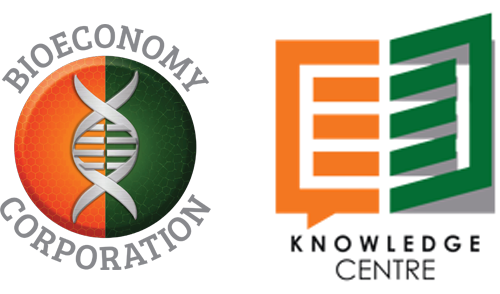Predictive Diagnostics and Personalized Treatment dream or reality
| Series: | |
| Publisher: | Nova Biomedical Books |
| Subject: | Medicine, Preventive, Medical innovations, Pharmacogenomics |
| Authors: | Olga Golubnitschaja |
| Pages: | 621 pages |
| Binding: | Hardcover |
| ISBN: | 9781606927373 |
| Call No: | RA427 P737 2009 |
Predictive, preventive and personalised medicine offers great promise for the future practice of medicine. Essential components of this approach include well-organised population screening protocols utilising novel diagnostic biomarkers of disease states, targeted prevention of common human pathologies, optimal treatment planning and personalised medicine thereby resulting in substantial improvement of the quality of life. This approach also offers the advantage of delivering care at potentially reduced costs to the population at large thereby addressing social and ethical issues related to access to and affordability of health care. Consequently, conventional medicine and new branches of biomedicine are currently challenging many issue-related questions: Should molecular diagnostic approaches be considered complementary or substitutive measures to conventional approaches? How reliable are biomarkers for any given pathology? How to distinguish between the highly predictive power of innovation and quackery in diagnostics? How to overcome currently well-recognisable (inter)national barriers in knowledge transfer? How to correctly educate the new generation of experts in bio- and predictive medicine? The book addresses these highly relevant issues and provides some clues for plausible solutions. The information presented in this book emphasises the necessity of individualised patient treatment and provides compelling reasons as to why "across-the-board" treatment is not warranted. Application of nutritional proteomics results in individualised optimal diet and may potentially restrict the epidemic scale of type 2 Diabetes mellitus. A broad distribution and a routine clinical utilisation of these advanced technological approaches could enable a significant portion of the population to reach the 100-year age limit yet remaining vibrant in excellent physical and mental health and as actively contributing members of society. The examples given in the book are based on well-recognised expertise, scientific publications and international patents. A panel of leading world experts and authorities of the international issue-related associations have contributed to the book by addressing relevant issues and topics such as model-based patient-care and individualised therapy-planning, reproductive medicine and postnatal diagnostics, early/predictive diagnosis and optimised treatment of cancer as well as the most frequent neurodegenerative disorders.

